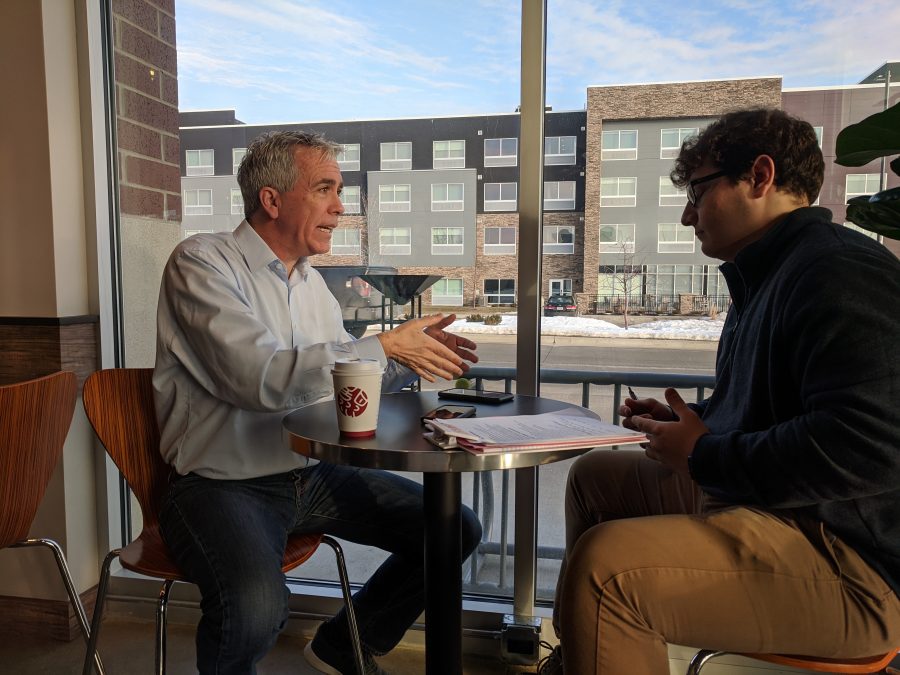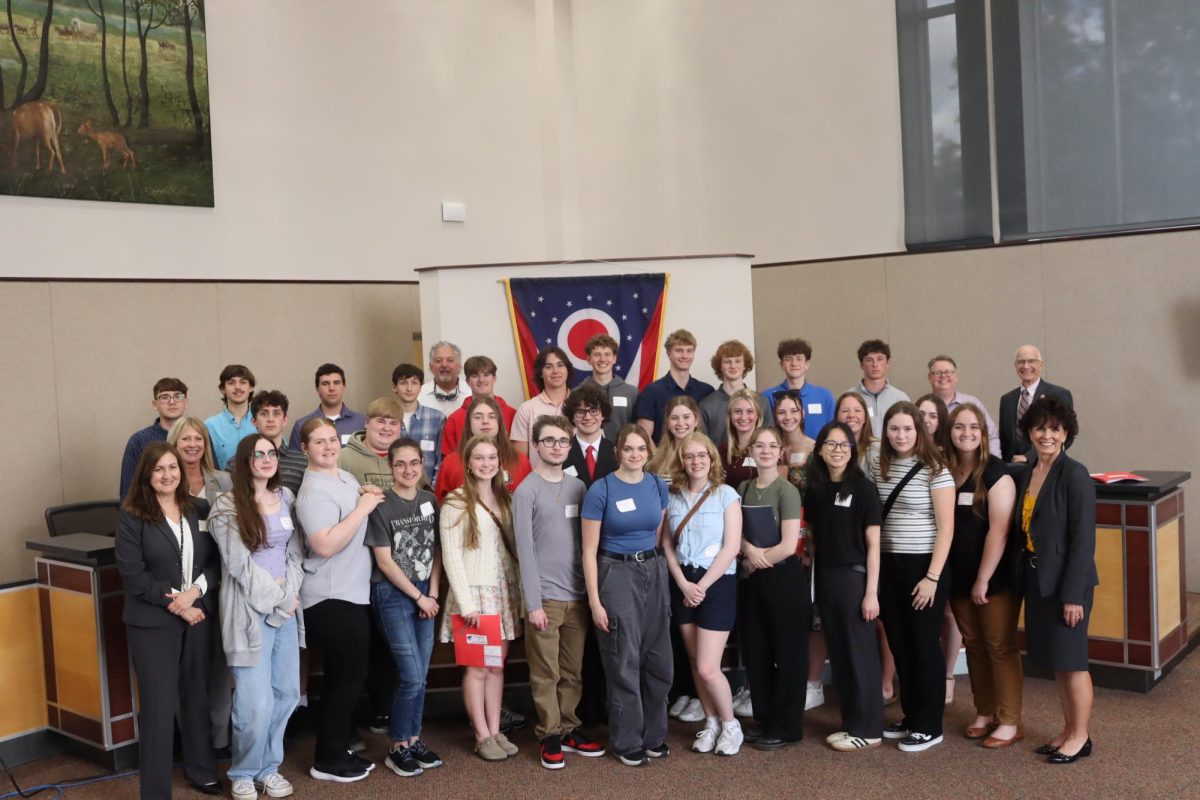BY JILLIAN CORNACCHIONE
As the Ohio students piled inside the cafeteria doors of Valley High School in West Des Moines, Iowa, they were suddenly flooded with an overwhelming sense of exhilaration, knowing they were about to witness history in the making.
This location offered three different sites to caucus, depending on their home address. The students joined the press and observers towards the back of one location and prepared to report on the happenings of the event.

Iowa residents were gradually filling up the room, already sitting in the section devoted to their prefered candidate. The student journalists dispersed throughout the cafeteria, interacting with the Iowa caucus-goers and gathering many different perspectives. Their ultimate goal was to gain insight and a sense of understanding on the true political significance of the event.
However, all observers were advised not to intervene with the election process. The elected precept officials prohibited any communication with the voters subsequent to the start of the caucus.
When the caucus was underway, the environment was constantly shifting, with electricity on each side of the room. It was reminiscent of a high school athletics event, with supporters constantly pouring their excitement into words. Many people were initiating chants unique to their prefered candidate, specifically the Warren members who brought nothing short than a burning passion from the start. Her supporters were chanting a variety of phrases, such as “dream big, fight hard” and “I am a Warren Democrat.” After Warren began, other candidate groups started their own chants. The Sanders supporters shouted “Not me, Us.”

Some candidate members were canvassing the room, bringing up political discussions, and specifically singling out the uncommitted by using a variety of persuasive tactics to gain support and comradery.
“He truly wants a country united,” said Buttigieg supporter as he persuaded Biden participants. “I know so many independents who are drawn to Pete. My dad, who voted for Trump in 2016, is looking at Pete as a man who wears his faith on his sleeve. Pete is a healer, and I know that you will be proud of him if he becomes our president.”
In order to remain a viable candidate, the contender must receive at least 15% of the total vote in that specific caucus spot. At the location the students attended, the distinct number to reach for each candidate was 49. For this specific precinct, one of nearly 1700 in the state of Iowa, the Buttigieg, Warren, and Sanders clusters remained relatively constant over time with a number well above the minimum amount, while Michael Bloomberg and Tom Steyer received little to no votes. Who many considered a front runner, standing at the top of the rankings for several months leading up to caucuses night, Joe Biden, surprisingly fell short of this number. Alike, Amy Klobuchar and Andrew Yang were determined to be non-viable. However, this tremendous setback did not ultimately deprive these candidates from the possibility of acquiring any delegates.

The second round of the caucus relied heavily on specific strategic approaches and the act of inducement. It allowed each group to put their communication skills and ability to persuade to the test.
Warren, Bernie, and Bettigieg’s group continued to grow in numbers.
“She’s tough, she can take on Trump, she’s passionate and she’s got wisdom,” shouted a Warren supporter. “Elizabeth can unite the country.”
Yang and Biden supporters attempted to convince others to join together within their group, but to no avail. Both groups accepted their defeat, only hoping their favored candidate could pull it off at other caucuses located throughout the state. This left many of their supporters in a difficult position. They were forced to decide on whether to stay and stand with another candidate, or leave the event without casting a second vote.
“My entire life I have been told to not switch sides and to stick to your word, to never settle for the lesser of two things,” said Andrew Yang supporter Jerron Haynes. “I’m very passionate about having Andrew as my candidate, and I couldn’t bring myself to abandon that and vote for someone I think wouldn’t do nearly as great of a job.”
Haynes, along with other Yang and Biden supporters, decided to turn in their votes without choosing another candidate and left the caucus altogether.
While Yang and Biden never compiled enough votes to bring them up in the ranking, on the other hand, things took a dramatic turn for Minnesota Senator Amy Klobuchar, who latched onto a newfound momentum mid-caucus. Powered by unforeseen hope, her passionate advocates drew the support from several undecideds, as well as those who were still present after their candidate was overruled. She eventually comprised enough supporters to regain viability.

“I like what has happened here, what’s happened around the state I don’t know,” said Steve Weiss, supporter of Klobuchar. “If she can jump someone to become fourth or maybe even third that would bode well.”
The results of the first caucus left Sanders with 99 votes, Warren with 76, Buttigeig with 73, and Amy with 57. There was a three way tie in the number of delegates each candidate obtained, with Sanders, Warren, and Buttigieg getting sent three in their favor, and Klobuchar close behind with two sent in her direction.
“I am feeling good, this is just one presinct but I think she did great here so I’m excited to see what happens,” said Warren supporter, Paul Felcomb.
The high school students also had the opportunity to observe a second caucus that was already in motion upon arrival. This particular location played out much differently compared to the previous. It was inexplicable to some to find out that Sanders, the candidate who obtained the overwhelming majority of votes in the previous caucus, was announced as non-viable. This came as a great shock to many of the Sanders supporters.
“Coming into the Caucus, I thought Bernie had the first place spot in the bag,” said Des Moines native Gabby Dean. “It was so shocking to see that there weren’t too many people coming over to support him. It felt very defeating to see this all go down.”

The leading contenders in this second caucus consisted of Buttigieg with 91, Klobuchar with 64, Biden with 63, and Warren with 63. The remaining candidates were non-viable and were unable to build up enough power to change these roles.
“My first choice was Sanders, but I went with Butteigieg tonight,” said Marty Warren, “I think both of them could do a good job of getting us over the Trump presidency.”
The students were issued to leave before the final results at this particular location were calculated.
After the state-wide totals have been computed and voiced throughout the nation, the high placing candidates will travel to the second Primary in New Hampshire where they will test their luck and compete for yet another crucial tone setting state.


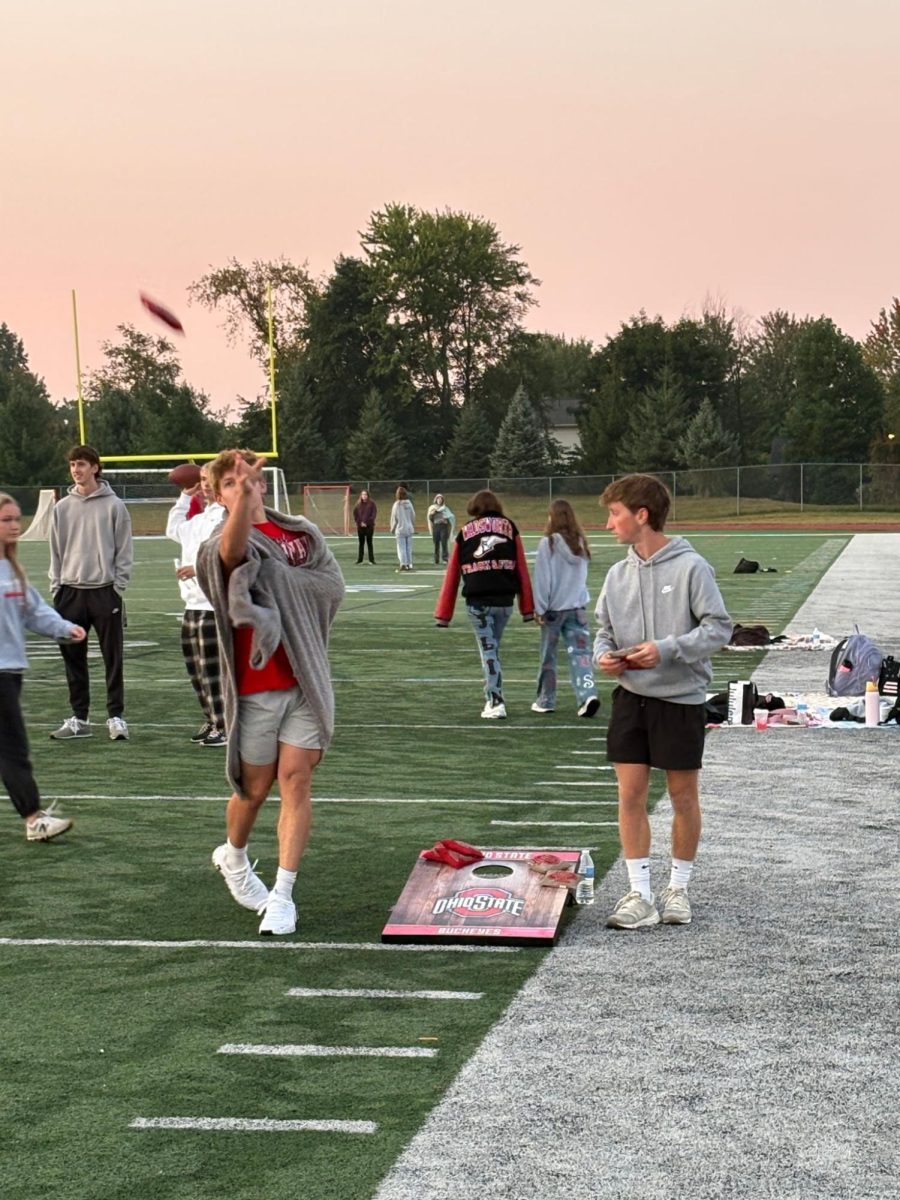


![Wadsworth's Class Of 2025 Walks At Graduation Ceremony [Photo Gallery]](https://wadsworthbruin.com/wp-content/uploads/2025/05/IMG_9018-1-1200x800.jpg)
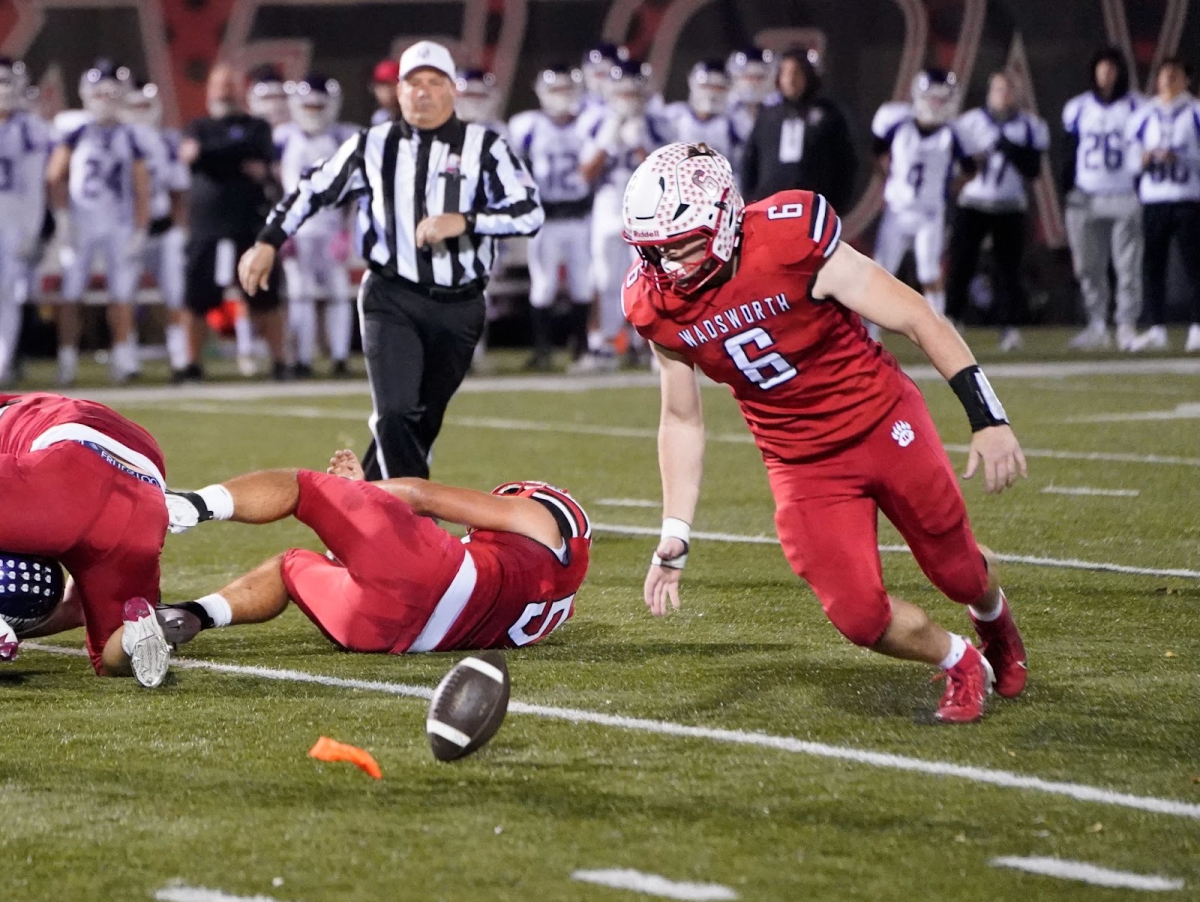
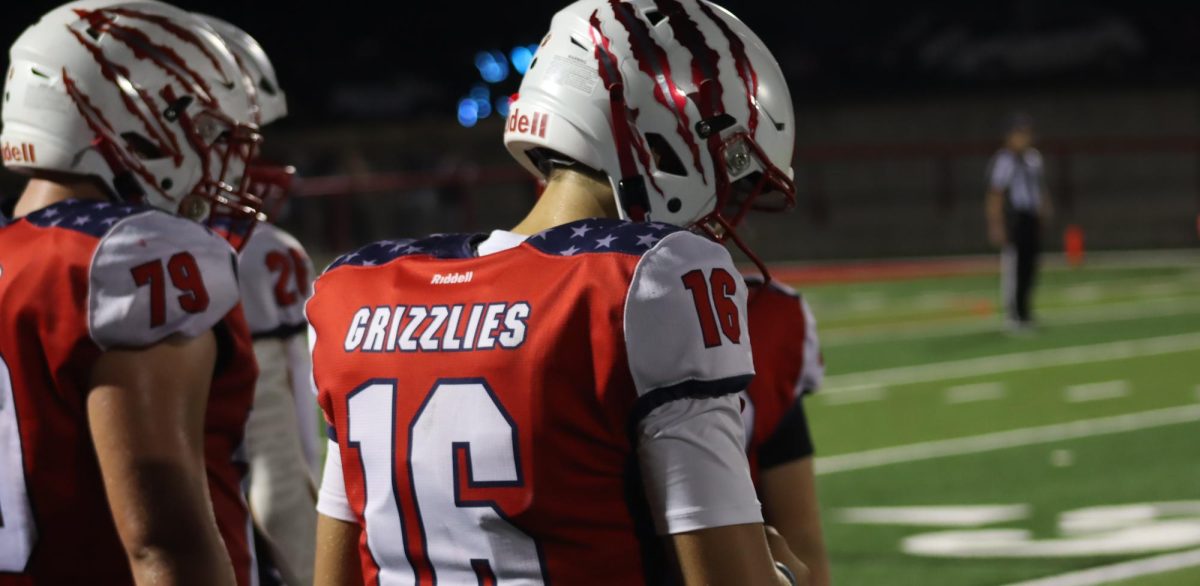
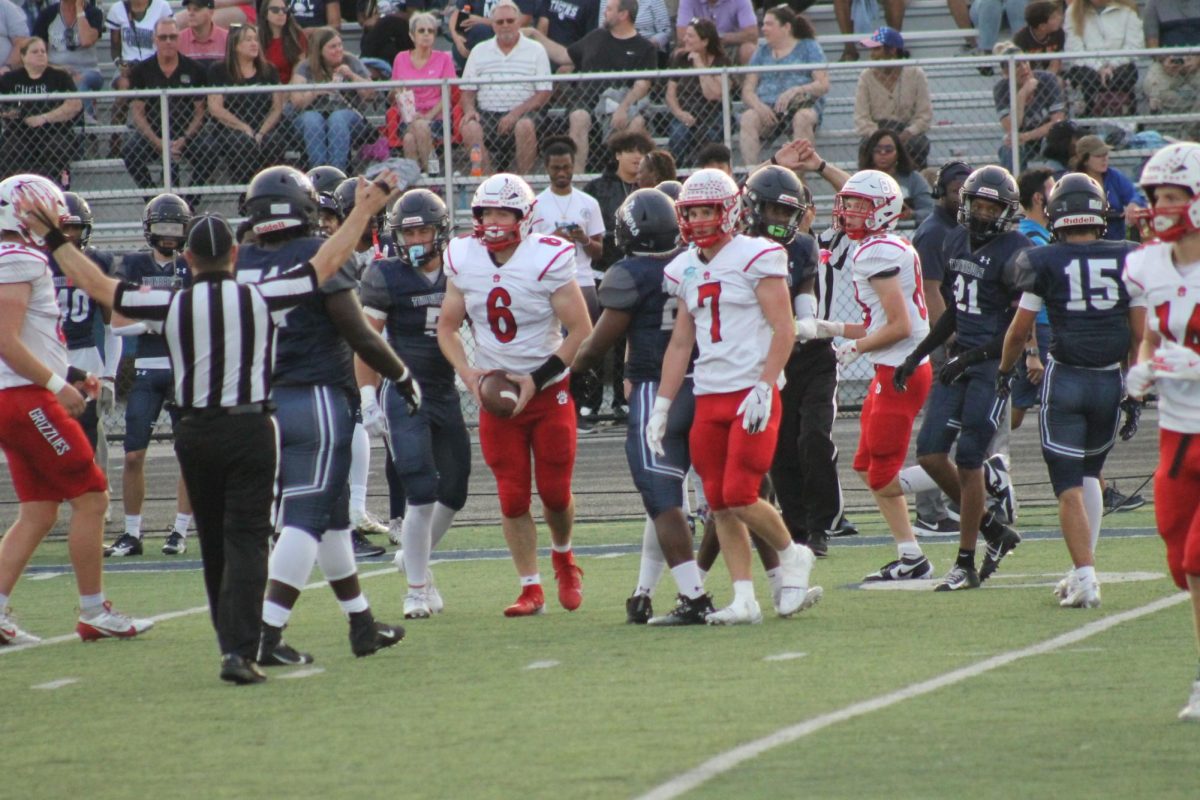



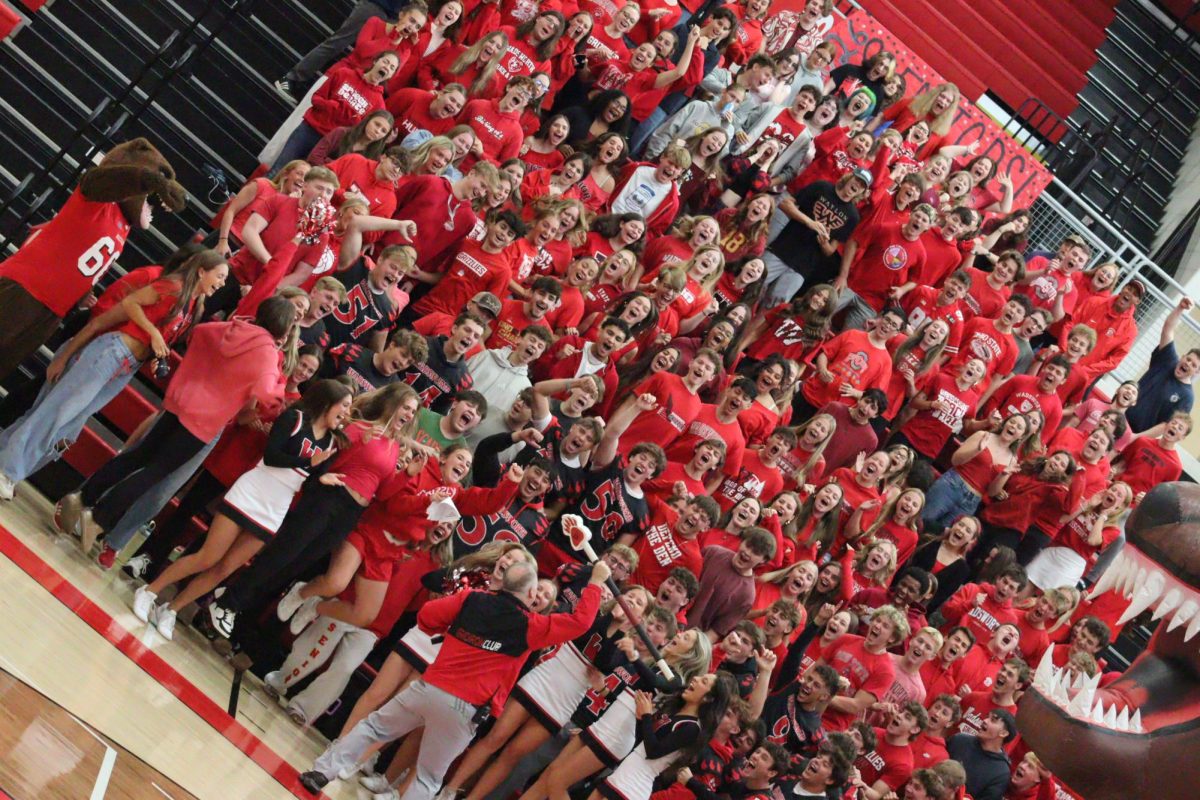






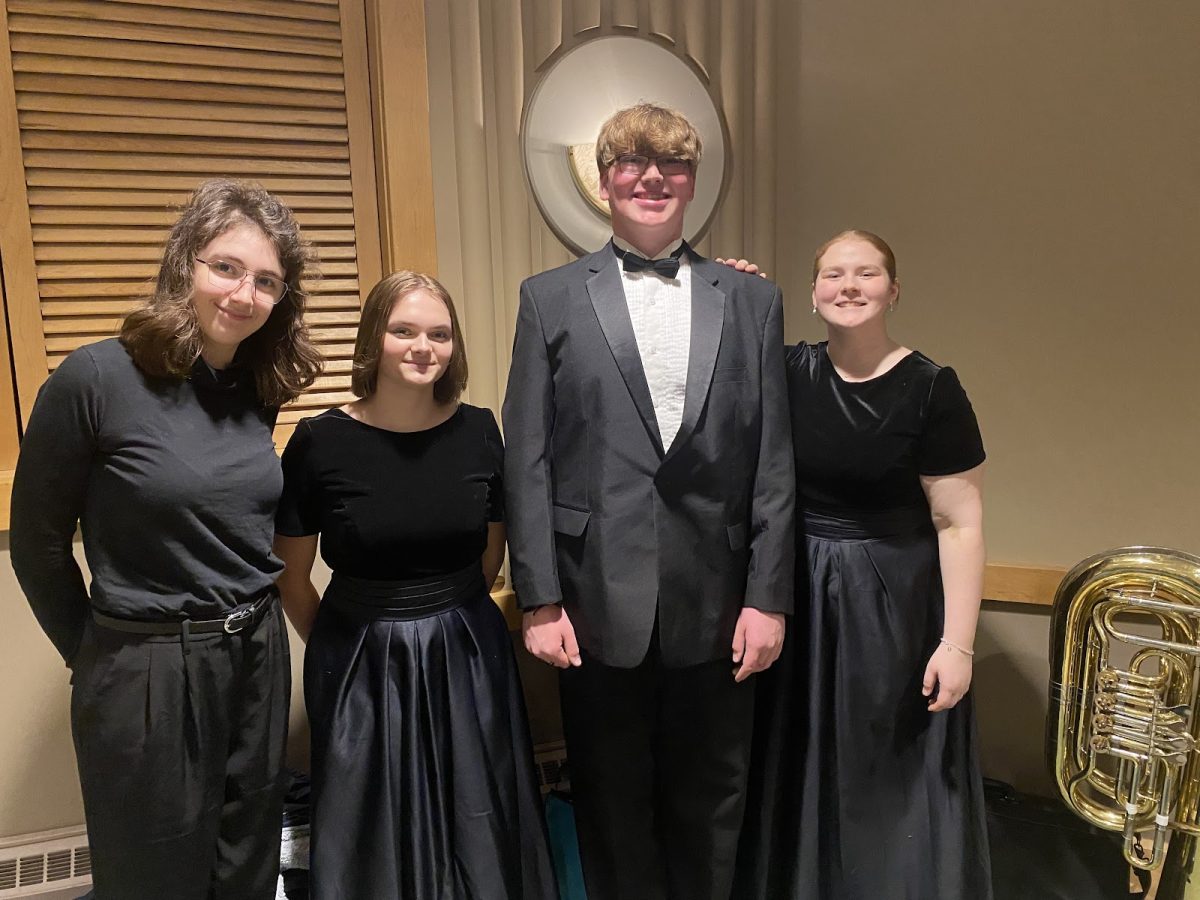













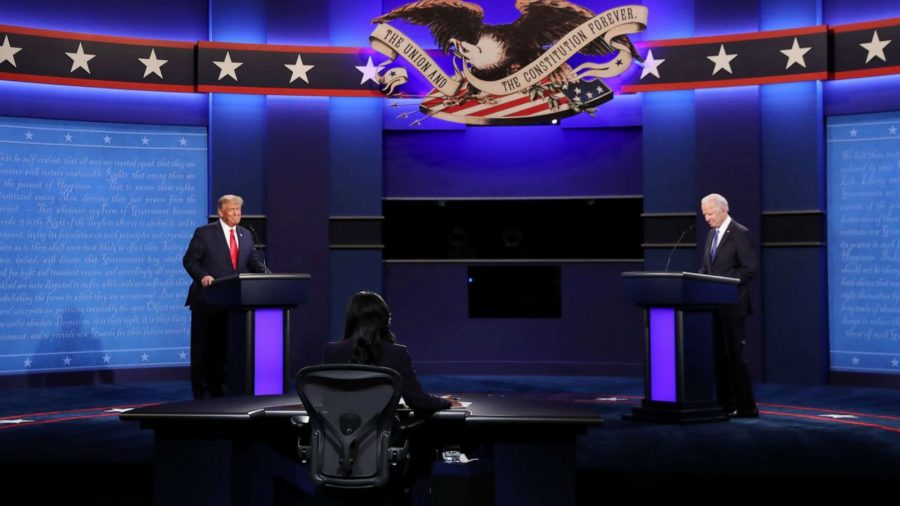
![The Bruin takes Iowa: The Documentary [Video]](https://wadsworthbruin.com/wp-content/uploads/2020/02/takesiowa-900x496.png)
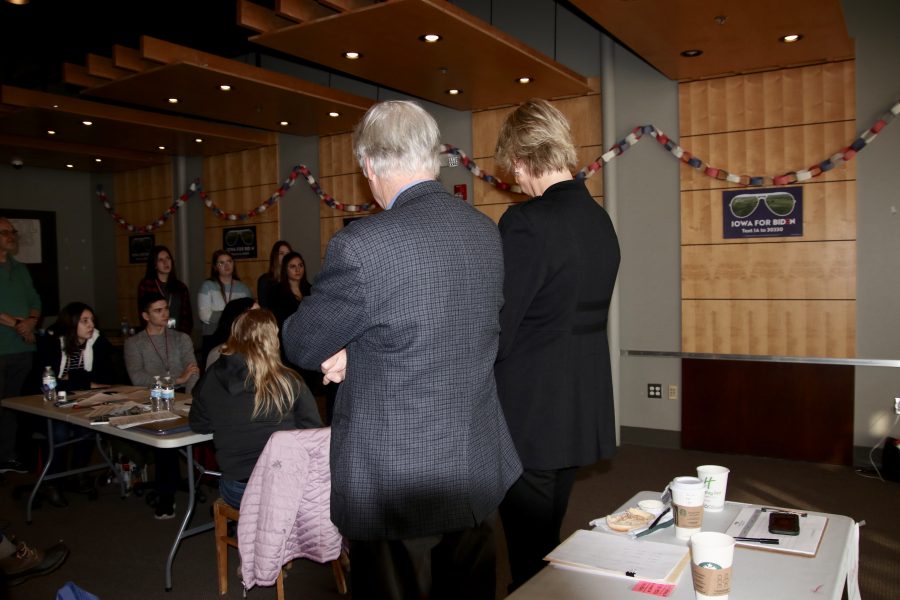



![Day 4: 2020 Iowa Caucus [Video]](https://wadsworthbruin.com/wp-content/uploads/2020/02/img_2173-900x600.jpg)
